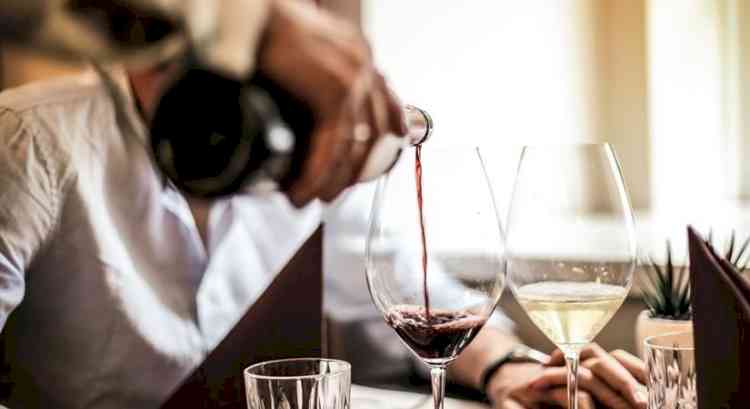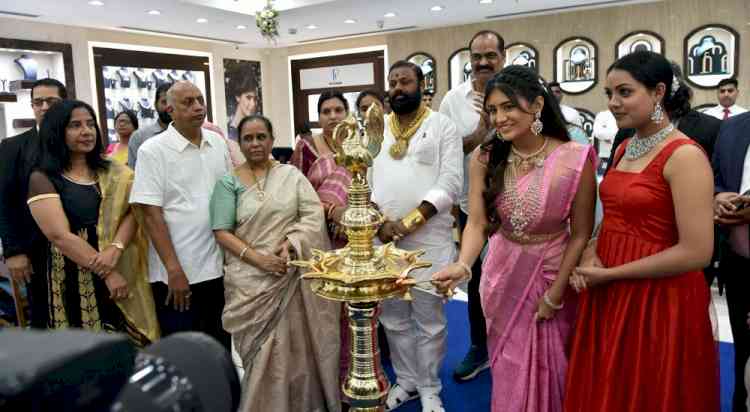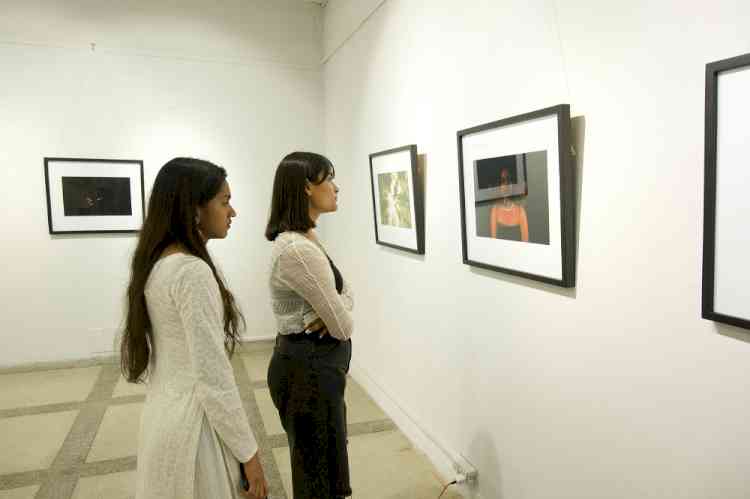Goa, the land of feni, gets its first alcohol museum

Panaji, Aug 22 (IANS) The land of feni just got a museum wholly dedicated to the locally brewed alcohol.
Started by local businessman Nandan Kudchadkar, who is a collector of antiques, the museum 'All About Alcohol' located in the tiny beach village of Candolim, houses hundreds of artefacts linked to feni, including large, traditional glass vats in which the local cashew-based alcohol was stored centuries ago.
"The objective behind starting the museum was to make the world aware of Goa's rich heritage, especially the story of feni and the legacy of the alcohol trail from Brazil to Goa," Kudchadkar told IANS.
The cashew nut plant was first believed to be imported into Goa by its colonial rulers, the Portuguese, from Brazil in the 1700s. Both Brazil and Goa share a common Lusophonian colonial influence.
After the plant was brought to the shores of Goa, cashew has taken root in Goa and so has feni.
Cashew feni is distilled from fermented juice extracted from the cashew apple and is a popular alcoholic beverage in Goa. The cashew apple is harvested from orchards by farmers, who lease the tracts from the government every season. The juice from the apples is then fermented and distilled using traditional equipment. Distilled once, the fermented juice transforms into a popular mildly intoxicating summer drink called 'urrak', while once double distilled, the drink is referred to as feni. Feni is also blended with spices like clove, pepper, nutmeg, cinnamon to make another variation called 'masala feni'.
A similar process is also used to distill coconut feni from palm toddy. Cashew feni is also the country's first indigenous liquor to obtain the Geographical Indication tag, a process which was initiated by local manufacturers of the brew in 2009.
Feni, a drink commonly and socially consumed by the local residents of the coastal state, was notified as the state heritage drink by the Goa government in 2016 in a bid to allow its manufacturers to market it globally on the lines of scotch and tequila.
"We have glass garafaos (vats) which date back to centuries, an era when the Portuguese ruled Goa. There are hundreds of exhibits, each made with love and the very act of seeing them in their glory makes us feel passionate about our heritage," Kudchadkar said.
Once manufactured, the feni was stored and aged in the large vats for years, in order to mature it.
Kudchadkar added that the alcohol museum would serve as a repository which preserves alcohol-making implements such as utensils, glass, bottles and more from yesteryears when Goa was regarded as the 'Rome of the East'.
Speaking about his inspiration behind starting the museum, Kudchadkar said: "The inspiration was simple, it was the sheer pleasure of showcasing Goa as something different as usual. The cosmopolitan world traveller visits Goa and what better place is there in India other than Goa, where you can show to the world the history, respect and flavours of our colonial drink".


 IANS
IANS 








